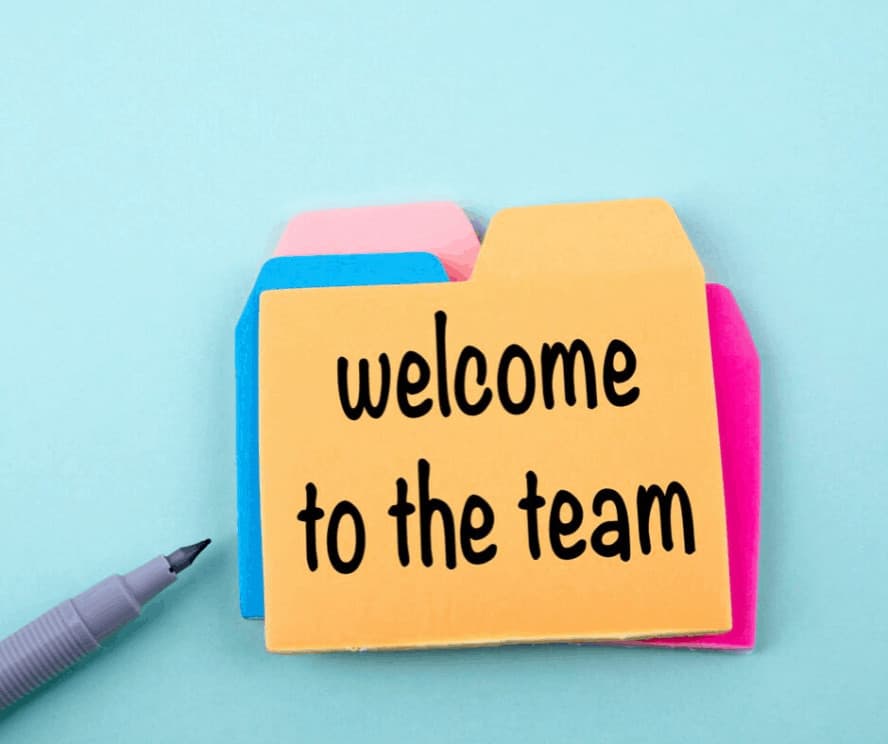
Building Effective Teams — Takeaways from High Impact Manager Graduates
Last week, graduates of the Spring 2019 High Impact Manager course met via video conference for our three-month check-in. These check-ins are a helpful (and fun!) opportunity to stay connected, provide ongoing support, and continue to learn from one another.
That’s how we discovered that everyone had recently hired new staff or is about to start a search process. Here are a few examples of the helpful ideas and lessons that were shared.
Real-World Lessons
Katie, a development director for national organization, shared how her new hire not only brings strengths that complement the rest of her team well, but also has a natural knack for prospect research. This unexpected discovery has allowed Katie to free up some of her own time to focus on other imperative work.
Margaret is the executive director of an international organization. She raved about her new contractor who has already completed an update to the emergency succession plan, an annual plan template, and a board member orientation process—in just two months! It has been a great relief to Margaret to get these important tasks completed.
Samantha, an attorney and program director, had just finished onboarding a new attorney. She shared her organization’s two-page onboarding checklist and how effective it was in orienting the new person efficiently.
So, what are the takeaways from their hiring successes?
#1: Have the right scaffolding in place
Scaffolding elevates and supports workers and their tools as they work. Scaffolding is crucial – how else can that construction worker efficiently and effectively do their higher-level work? We use the term organizational scaffolding to define the structures (processes and tools) in place that help the team function effectively. Samantha’s onboarding checklist is a great example. Just think about how much longer it would have taken her to orient a new staff member without it.
Takeaway: Before you embark on your next hiring process, take time to ask around for scaffolding (checklists, sample job descriptions, etc.). If they aren’t in place, schedule a little time after the process is complete to turn what you created into scaffolding for the next person.
#2: Identify the strengths you have and the ones you need
During the High Impact Manager course, participants take the Clifton’s StrengthsFinder assessment to understand their individual strengths and how they relate to their key job responsibilities. During the course, Margaret realized that her strengths were a poor match for that list of important but long unfinished tasks. She used that knowledge to zero in on the most important strengths and skills she needed in a contractor and make the best hiring decision.
Takeaway: When you are hiring any position that is going to be a member of a team, look at that teams’ collective strengths and how they relate to the team’s core responsibilities. Then ask: are there any gaps we need to fill? Use that information to guide your search.
#3: Help your staff get to know the organization and their role in it
The High Impact Manager course emphasizes the idea that an organization is a system—and that understanding that system, its components, and how they relate to one another is a powerful tool. Jamie, a development director, asked her new hire to set half-hour appointments with all the people they will work with and some others across the organization. What a great way to help a new employee understand how the organizational system works!
Takeaway: A new hire needs more than policies, procedures, and job responsibilities. To get up to speed quickly and be truly effective, they also need to understand how they fit into the larger system.
We loved checking in with everyone and it was exciting to see everyone putting new concepts, tools, and techniques into practice! We hope this post can help spread their lessons learned and benefit other organizations and high impact managers!

